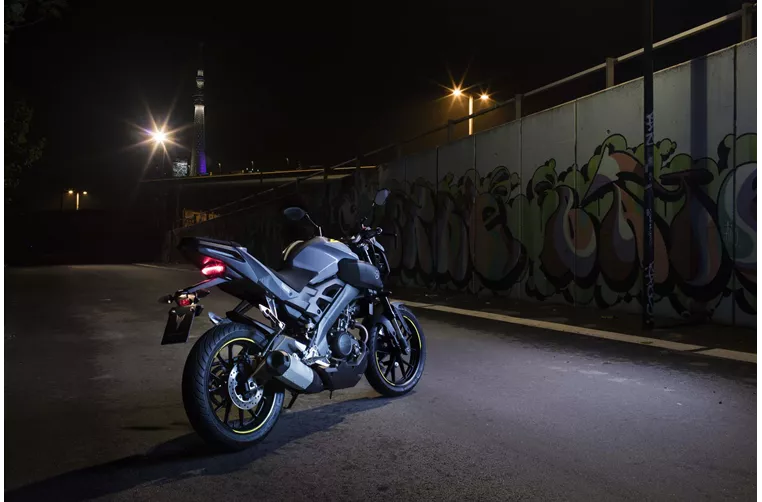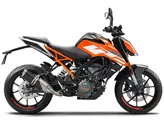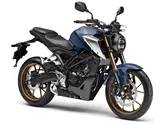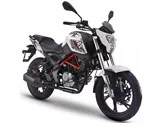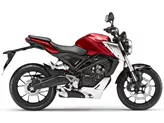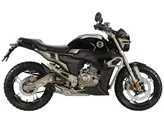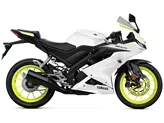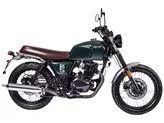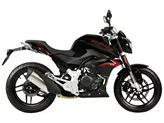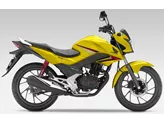Yamaha MT-125 2016 vs. Honda CB125R 2018
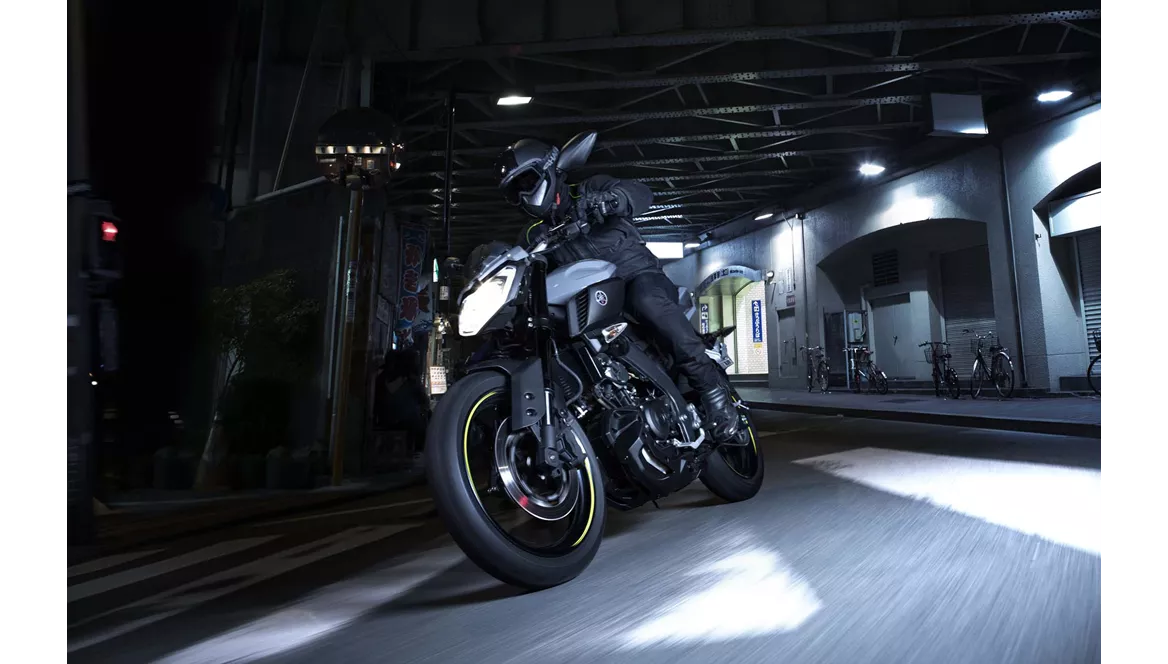
Yamaha MT-125 2016
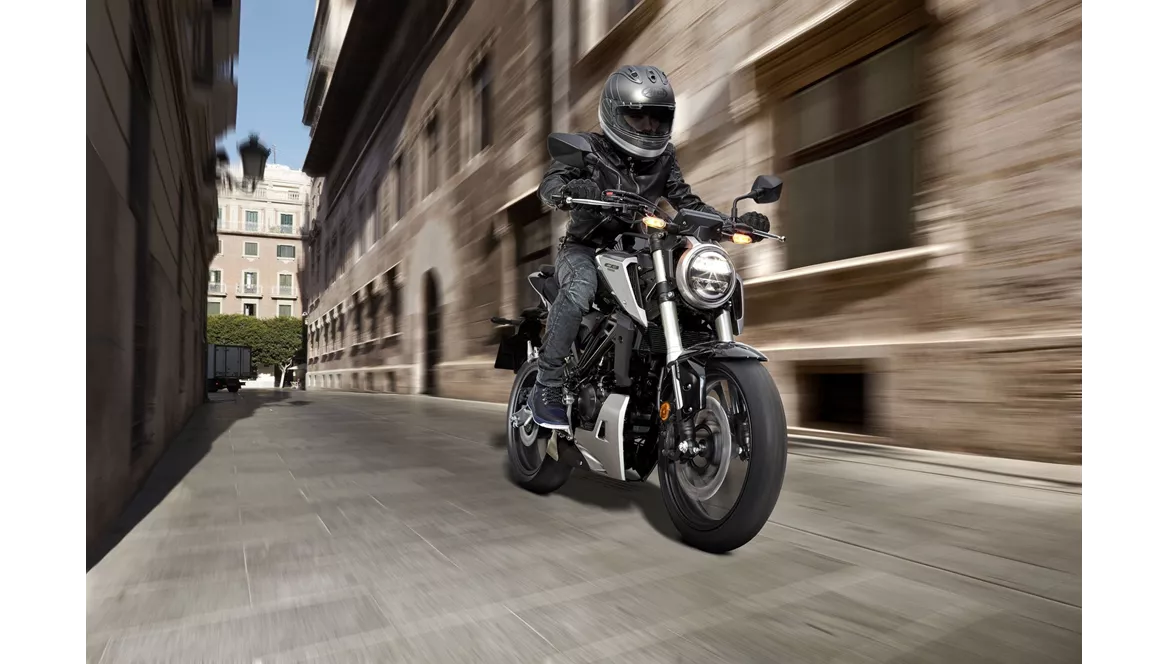
Honda CB125R 2018
Vue d’ensemble - Yamaha MT-125 2016 vs Honda CB125R 2018
The Yamaha MT-125 2016 and the Honda CB125R 2018 are both naked bikes in the 125cc segment, but they have some notable differences in terms of technical specifications and strengths.
Starting with the technical specifications, the Yamaha MT-125 2016 is equipped with a 124.7cc engine that delivers 15 horsepower and 12.4 Nm of torque. It has a single cylinder and liquid cooling system. On the other hand, the Honda CB125R 2018 features a slightly smaller 125cc engine with 13.3 horsepower and 10 Nm of torque. It also has a single cylinder and liquid cooling system.
In terms of suspension, the Yamaha MT-125 2016 comes with a telescopic fork at the front, while the Honda CB125R 2018 is equipped with an upside-down telescopic fork. Both bikes have a steel frame, but the Yamaha MT-125 2016 has a Deltabox frame type, whereas the Honda CB125R 2018 has a central tube frame type.

Yamaha MT-125 2016
When it comes to brakes, both bikes have a single disc at the front. The Yamaha MT-125 2016 has a front tire width of 100mm and a rear tire width of 130mm, both with a diameter of 17 inches. On the other hand, the Honda CB125R 2018 has a slightly wider front tire with a width of 110mm and a wider rear tire with a width of 150mm, also with a diameter of 17 inches.
In terms of dimensions and weights, the Yamaha MT-125 2016 has a wheelbase of 1355mm and a seat height of 810mm. It also has a fuel tank capacity of 11.5 liters. On the other hand, the Honda CB125R 2018 has a slightly shorter wheelbase of 1345mm and a slightly higher seat height of 816mm. It has a smaller fuel tank capacity of 10.1 liters.
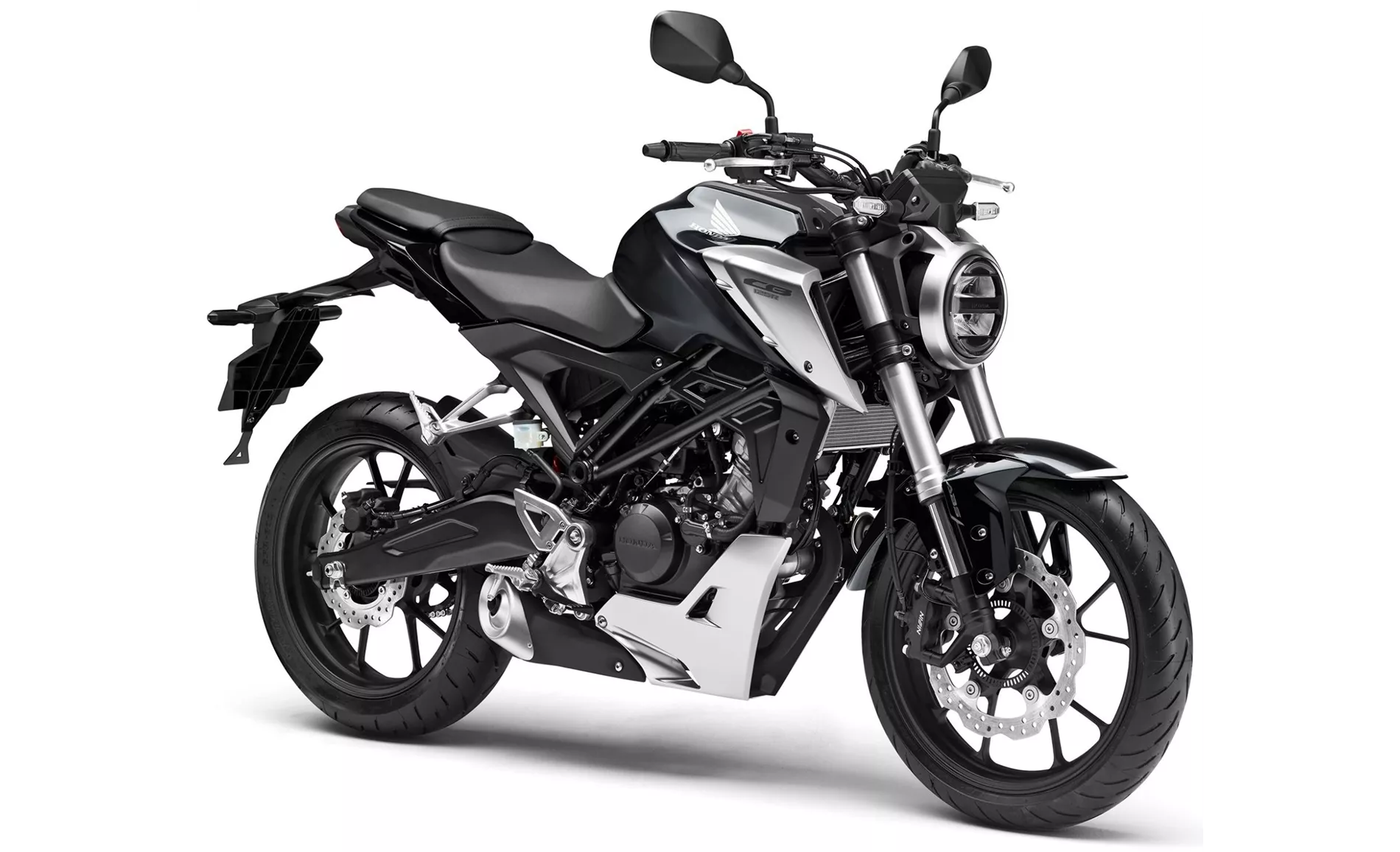
Honda CB125R 2018
Moving on to the strengths of each bike, the Yamaha MT-125 2016 is praised for its superior design, sporty handling, low weight, and good brakes. On the other hand, the Honda CB125R 2018 is known for its good responsiveness, powerful brakes, sporty chassis, high-quality workmanship, and low weight.
However, both bikes also have some weaknesses. The Yamaha MT-125 2016 lacks storage space, which can be a downside for riders who need to carry items with them. Additionally, it has a higher price compared to its competitors. On the other hand, the Honda CB125R 2018 has a limited seating position, which may not be comfortable for all riders. Some riders also feel that it could have more power.
In conclusion, the Yamaha MT-125 2016 and the Honda CB125R 2018 are both strong contenders in the 125cc naked bike segment. While the Yamaha MT-125 2016 offers superior design and sporty handling, the Honda CB125R 2018 stands out with its good responsiveness, powerful brakes, and high-quality workmanship. Ultimately, the choice between the two will depend on the rider's preferences and priorities.
Caractéristiques techniques Yamaha MT-125 2016 par rapport à Honda CB125R 2018
Avantages et inconvénients en comparaison
Avantages et inconvénients en comparaison
Yamaha MT-125 2016
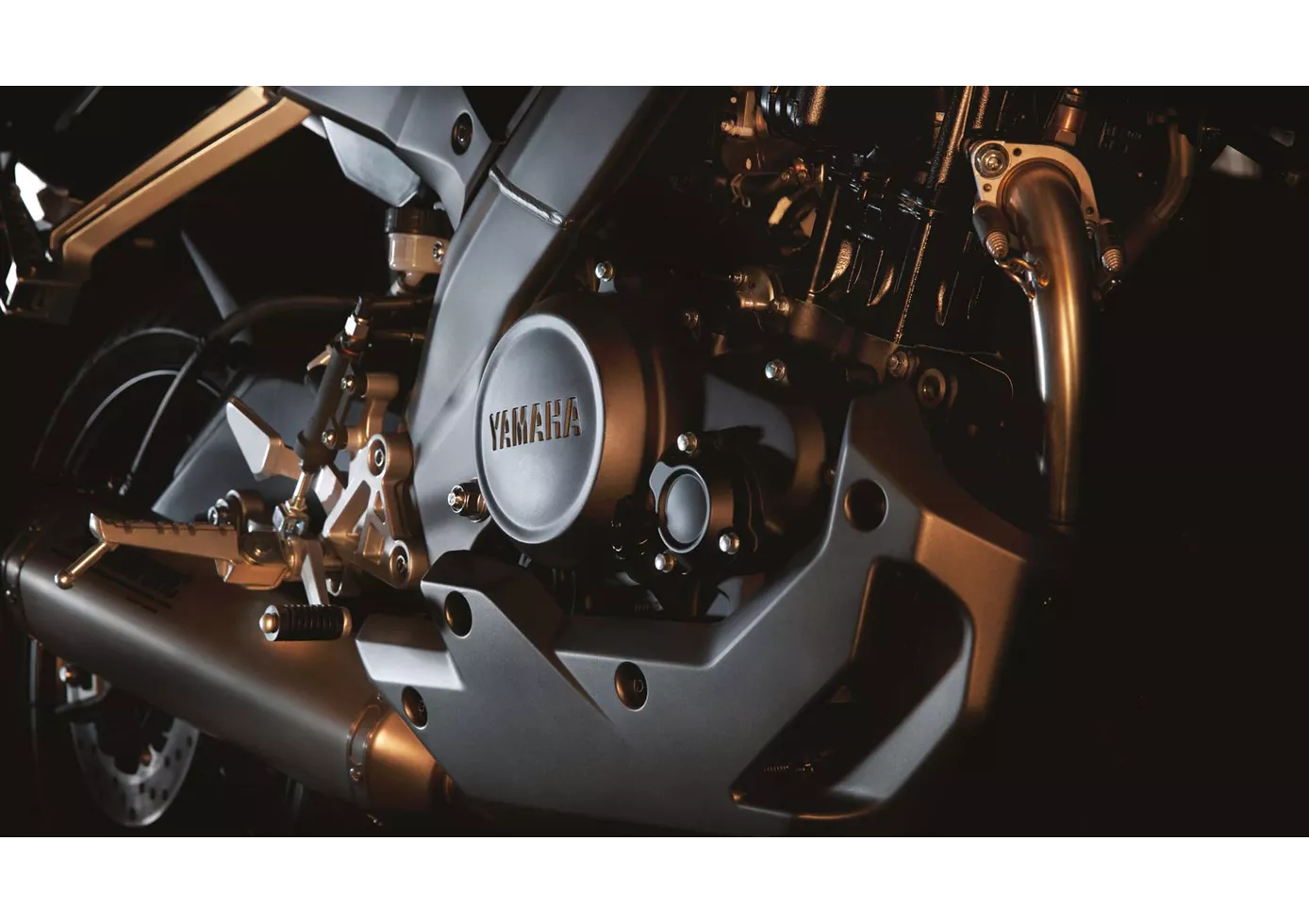
En anglais, il existe ce que l'on appelle le 'Street Cred'. Une valeur qui mesure le respect et la coolitude dans la rue. La Yamaha MT-125 en a beaucoup, elle séduit par son look adulte qui rappelle fortement ses grandes sœurs. La performance de conduite et la position de conduite sont sportives, c'est un Streetfighter pour la ville. C'est d'ailleurs dans ce domaine que la petite japonaise se sent le mieux. Grâce à son faible poids, elle se faufile dans le trafic urbain, les courts trajets interurbains ne posent pas de problème non plus. Seuls le manque d'espace de rangement et le prix relativement élevé font baisser l'impression générale très positive de la moto A1.
Honda CB125R 2018

Si l'on préfère un look rétro dans la catégorie 125, la Honda CB125R est exactement la moto qu'il faut. Non seulement elle a l'air très adulte, mais les composants montés sont également de très haute qualité, comme le veut la tradition Honda. Même si le moteur ne développe que 13,3 CV, la CB125R compense bien le manque de 1,7 CV avec son poids en ordre de marche de seulement 126 kg. Du côté du châssis et du système de freinage, la Honda se place clairement devant la concurrence et rappelle les motos nettement plus puissantes de la catégorie des naked bikes.
Comparaison des prix Prix moyen du marché Yamaha MT-125 vs Honda CB125R
There are a few key differences between a Yamaha MT-125 2016 and a Honda CB125R 2018. In terms of price, the actual average prices of both motorbikes are almost the same. A Yamaha MT-125 2016 experiences a loss of 270 USD in one year of ownership. This is offset by a loss of 100 USD for a Honda CB125R 2018. Compared to Honda CB125R 2018 there are more Yamaha MT-125 2016 bikes available on the 1000PS.de Marketplace, specifically 5 compared to 4. It takes less time to sell a Yamaha MT-125 with 79 days compared to 85 days for a Honda CB125R. Since model year 2014 1000PS.de editors have written 18 reviews for the Yamaha MT-125 and 10 reviews for the Honda CB125R since model year 2018. The first review for the Yamaha MT-125 was published on 5/15/2014 and now has more than 48,700 views. This compares to more than 51,400 views for the first review on Honda CB125R published on 11/6/2017.
